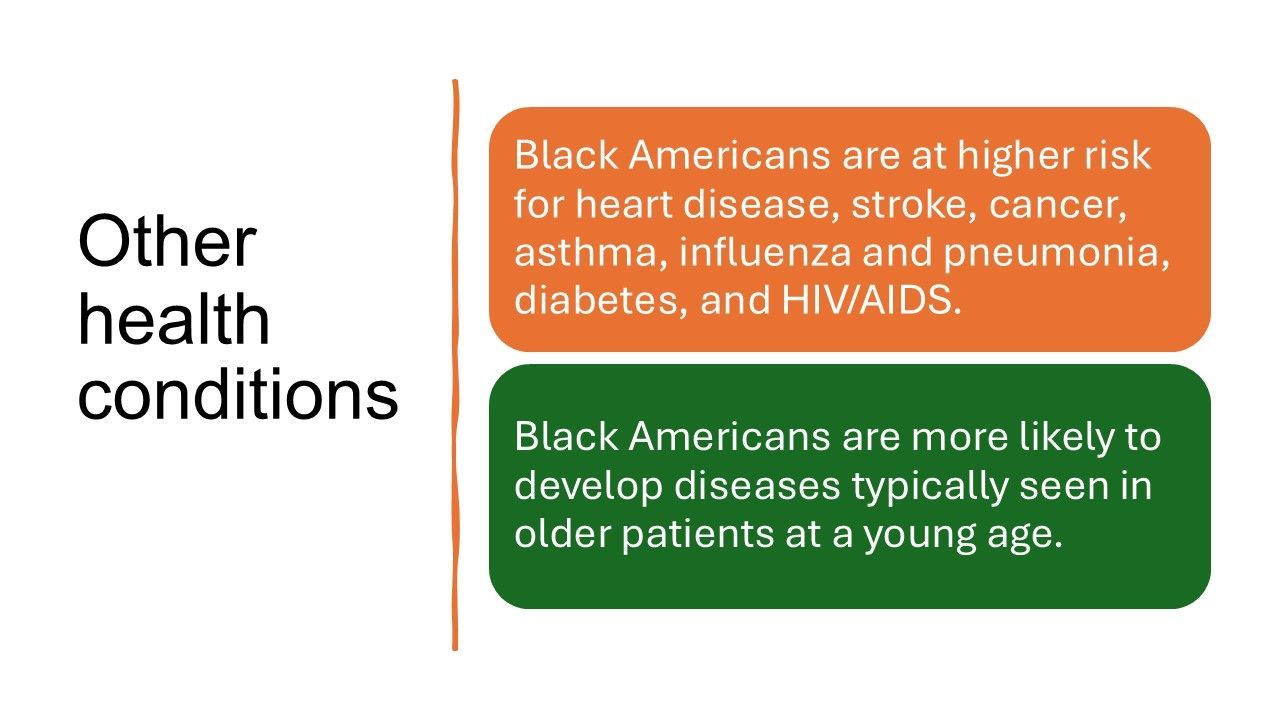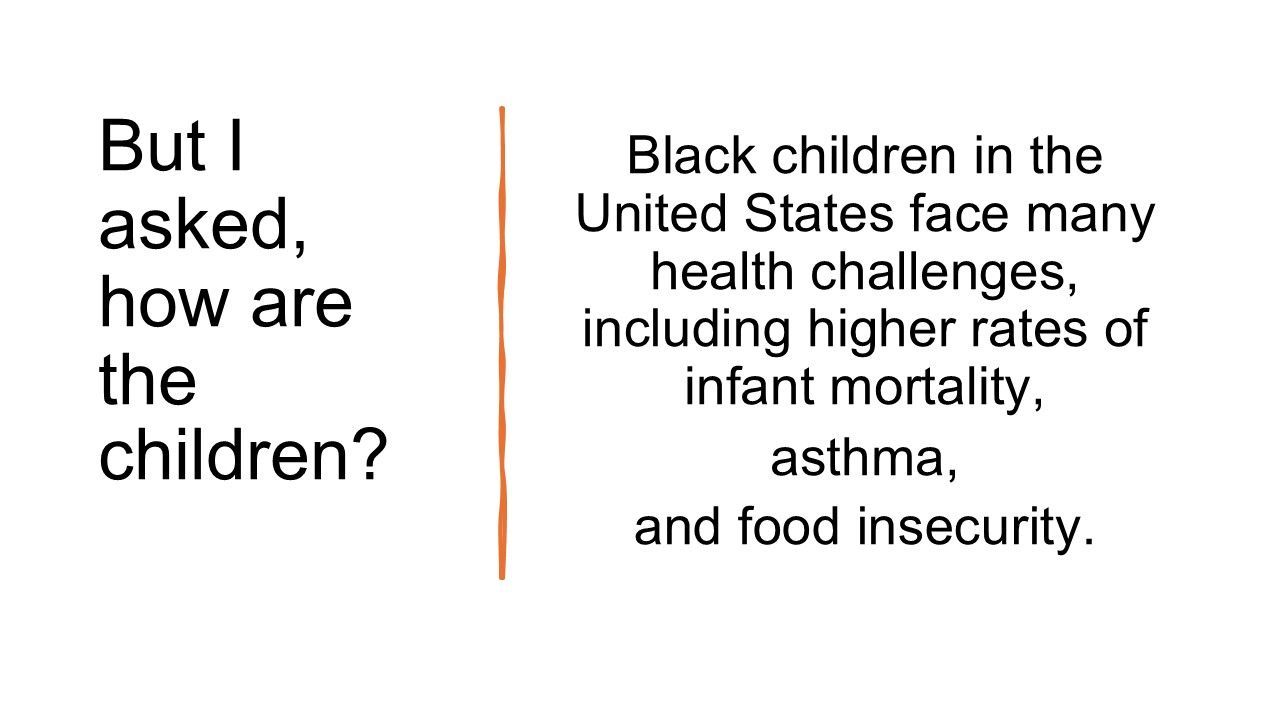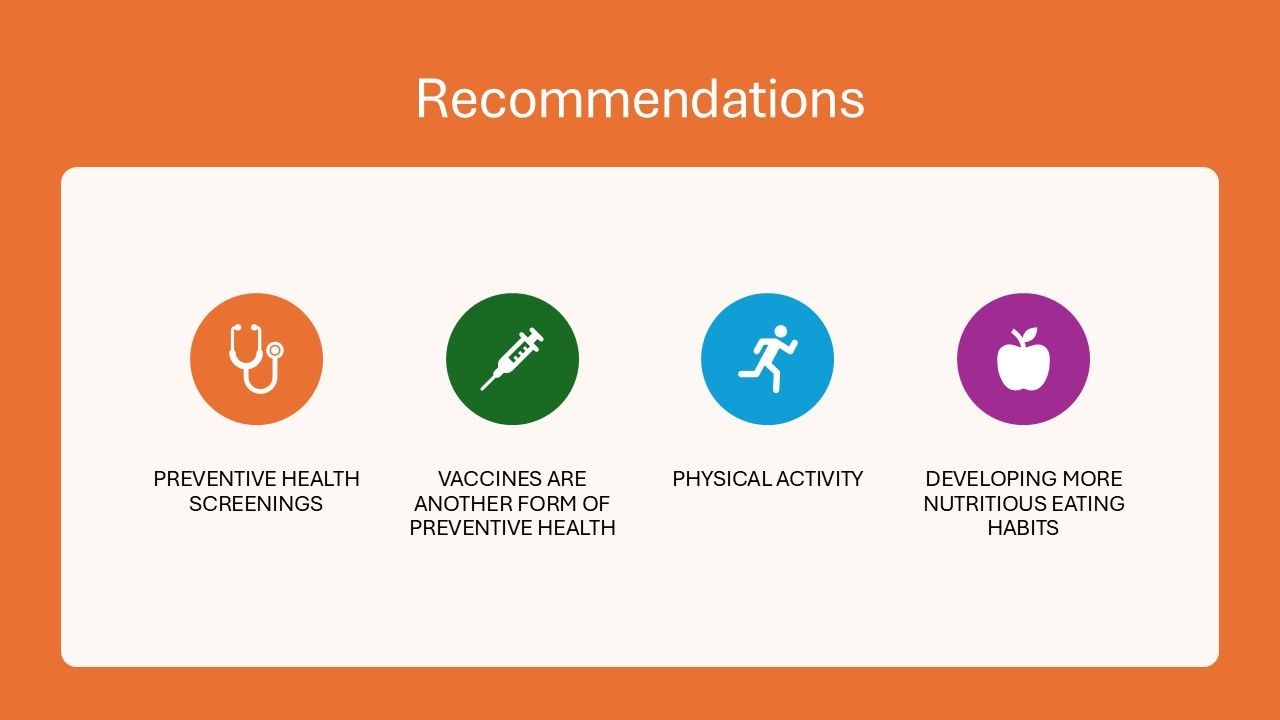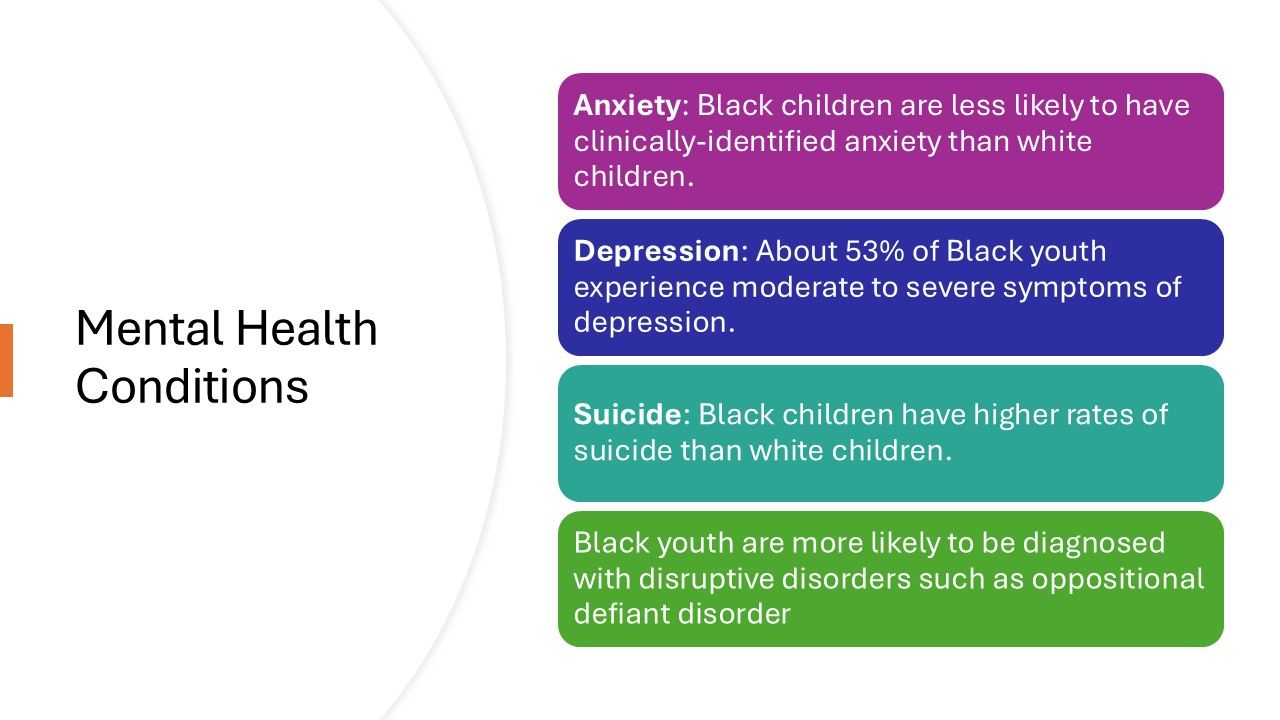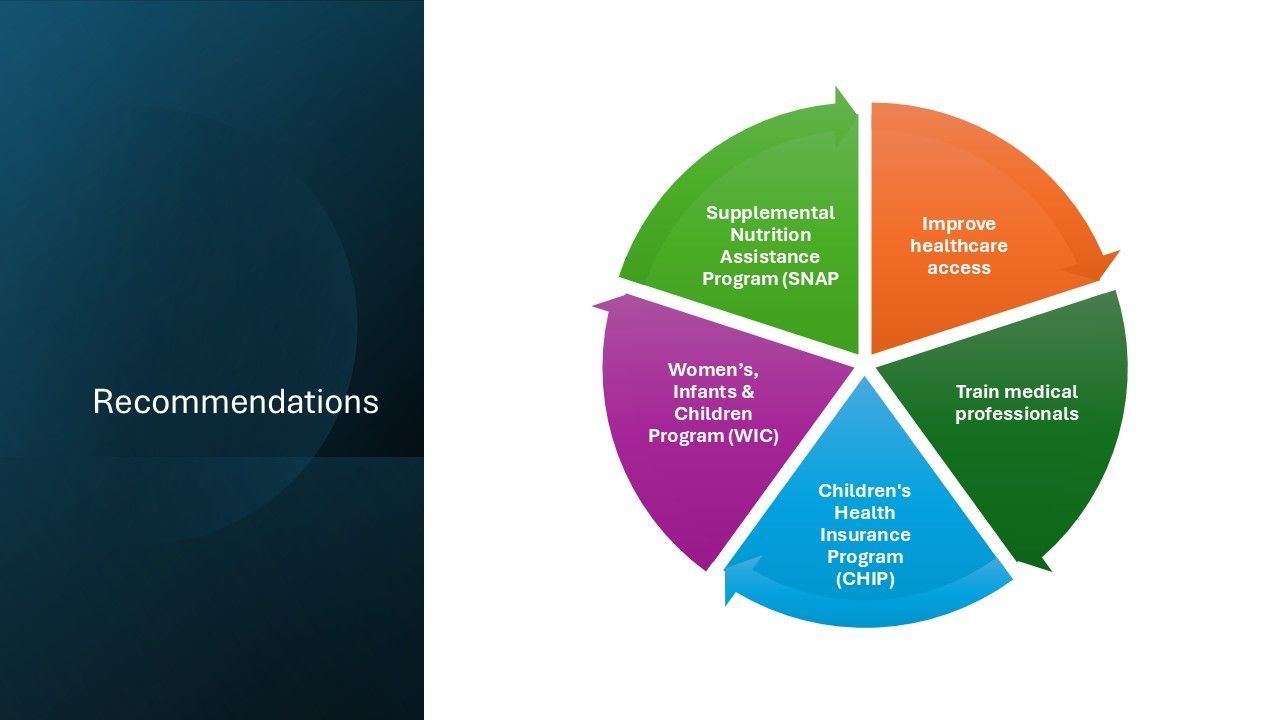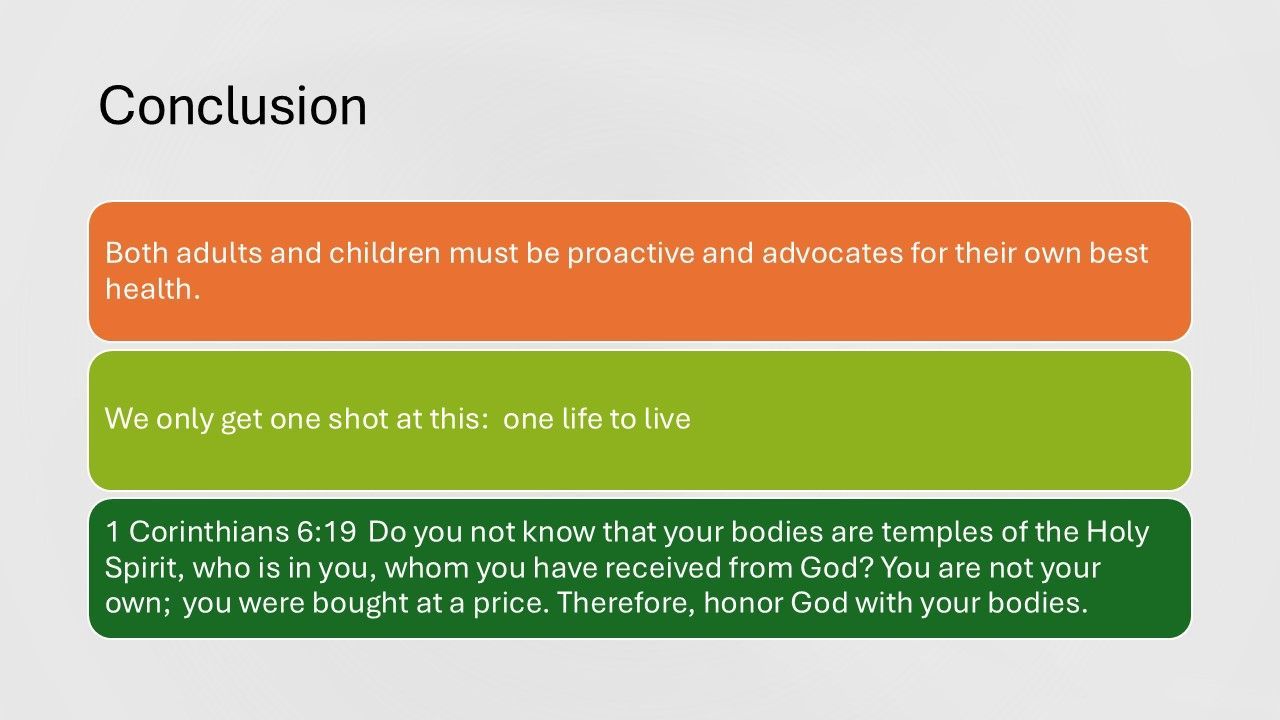YMT's Health Coordinator
Ida Dawson
Sis. Ida Dawson serves YMT's Health Coordinator. Please take time to listen to her very important message to our church. God Bless you and Thank-You!
Contact information for Sis. Dawson can be obtained via the church office or you may visit the "Contact" page.

Three levels of heat-related illness:
Heat Cramps
Heat Exhaustion
Heat Stroke
Early signs of dehydration and heat-related illness include:
- sweating heavily.
- having a raised body temperature.
- feeling dizzy or faint.
- feeling tired and lethargic.
- reduced appetite.
- feeling thirsty.
- being irritable.
- twitching or having painful muscle cramps in the arms, legs or abdomen.
First Aid for Heat Cramps:
- Move to a cooler environment: Get out of the heat and into a shaded or air-conditioned area.
- Rest and relax: Stop any strenuous activity.
- Cool down:
- Remove excess clothing.
- Apply cool, wet cloths to the skin or fan the person.
- Consider an ice bath or ice packs on the armpits and groin if available, especially if symptoms are severe.
- Rehydrate: Drink cool, electrolyte-rich sports drinks or water. Avoid sugary drinks or caffeine, according to Boston Children's Hospital. If nausea occurs, stop drinking.
- Stretch gently: Slowly stretch and massage the cramped muscles.
- Seek medical attention: If cramps don't subside within an hour or if symptoms worsen (e.g., severe headache, vomiting, dizziness), seek immediate medical help.
First Aid for Heat Exhaustion:
- Move to a cooler environment: Get the person out of the heat and into a shady or air-conditioned area.
- Remove excess clothing: Take off any unnecessary layers, especially heavy or
- restrictive clothing.
- Cool the person:
- Apply cool, wet cloths to the skin, especially the forehead, neck, armpits, and groin.
- Use a fan to circulate air and help cool the person.
- If available, immerse the person in cool water or apply ice packs.
- Give fluids: Offer cool water or a sports drink to sip, but avoid caffeine or alcohol.
- Monitor the person: Stay with the person until they feel better, and if symptoms worsen or don't improve, seek medical attention.
First Aid for Heatstroke:
- Call for emergency help: Heatstroke is a life-threatening emergency, so call 911 or your local emergency number immediately.
- Move to a cooler environment: Get the person out of the heat and into a cool place.
- Remove clothing: Take off all clothing that is not essential.
- Cool the person:
- Immerse the person in cool water: If available, immerse the person in a cool or cold bath or shower.
- Apply ice packs: Place ice packs in the armpits, groin, and neck.
- Douse with cool water: Use a hose, bucket, or other container to douse the person with cool water.
- Use wet sheets: Cover the person with wet sheets and use a fan to circulate air.
- Monitor the person: Continuously monitor the person's breathing, level of consciousness, and other vital signs until emergency personnel arrive.
- Do not give fluids: If the person is unconscious, do not give them anything to drink.
Past Articles
Understanding Influenza
Understanding Influenza
Flu is a contagious respiratory illness caused by influenza viruses that infect the nose, throat, and sometimes the lungs. It can cause mild to severe illness, and at times can lead to death. The best way to prevent flu is by getting a flu vaccine each year.
Key points:
- Flu is a contagious respiratory illness caused by influenza viruses
- Flu can cause mild to severe illness
- Most experts believe that flu viruses spread mainly by tiny droplets made when people with flu cough, sneeze, or talk
- The first and most important step in preventing flu is to get a flu vaccine each year.
When attending live service, remember to engage the core preventive measures:
- Cover your mouth when coughing or sneezing
- Frequently wash your hands
- Where a mask if necessary
- Avoid being near someone who has respiratory virus symptoms.
- Avoid crowded areas where you may be unable to maintain physical distance
If you experience symptoms of the flu, please stay home and participate via our Online Worship Service.
And How Are the Children?






